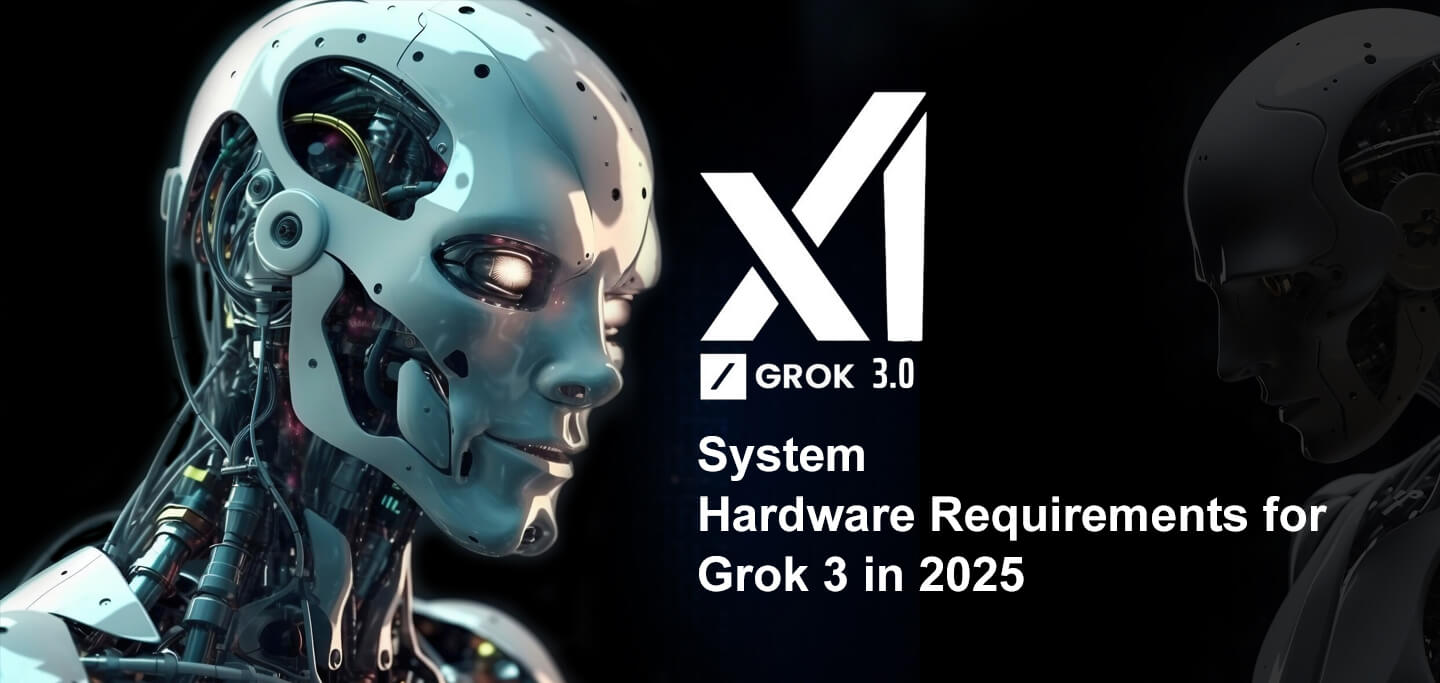For Professionals, By Professionals

Discover ProX PC for best custom-built PCs, powerful workstations, and GPU servers in India. Perfect for creators, professionals, and businesses. Shop now!
SERVICES
WE ACCEPT










As artificial intelligence continues to advance, xAI’s Grok 3 represents the latest leap in large language model (LLM) technology. Designed for complex reasoning, real-time data processing, and deep-learning applications, Grok 3 is set to transform multiple industries. Whether you're a researcher, developer, or business professional, understanding the computational needs and capabilities of Grok 3 is essential for leveraging its full potential.
Grok 3 builds upon the foundation of its predecessors, incorporating cutting-edge advancements in machine learning and neural network architecture. These improvements enhance its ability to perform:
Natural Language Understanding (NLU): More accurate and context-aware text generation.
Deep Reasoning: Improved logic-based decision-making and inference capabilities.
Multimodal Learning: Enhanced processing of text, images, and potentially audio inputs.
Scalability: Optimized for distributed computing environments to handle large datasets efficiently.
With these advancements, Grok 3 is expected to power applications in sectors such as finance, healthcare, cybersecurity, and autonomous systems.
Deploying and utilizing Grok 3 effectively requires a robust computational setup. Key considerations include:
Grok 3 leverages transformer-based deep learning architectures that demand high parallel processing capabilities. Organizations deploying Grok 3 must ensure access to:
Optimized AI processing units: Utilizing GPUs and TPUs for accelerated training and inference.
Scalable cloud or on-premise solutions: AI workloads often require distributed computing resources for large-scale deployment.
Handling vast amounts of data efficiently is crucial for AI performance. To manage this:
High-bandwidth memory (HBM): Ensures fast data retrieval and minimal latency.
Solid-state storage solutions: NVMe SSDs provide quick access to large datasets and training checkpoints.
For seamless AI operations, networking infrastructure plays a pivotal role:
High-speed networking (100GbE or Infiniband): Essential for distributed training environments.
Cloud and edge computing integration: Enables scalability and accessibility for various AI applications.
The potential applications of Grok 3 extend across multiple sectors, including:
Healthcare: Assisting in medical research, diagnosis, and personalized treatment recommendations.
Finance: Enhancing fraud detection, algorithmic trading, and customer service automation.
Autonomous Systems: Improving decision-making for robotics and self-driving vehicles.
Smart Manufacturing: Optimizing predictive maintenance and industrial automation.
As AI adoption accelerates, businesses and researchers must prepare for the evolving computational landscape. Grok 3’s advanced capabilities will require:
Robust AI infrastructure: Ensuring high efficiency in model training and real-time inference.
Strategic investments in AI hardware and cloud solutions: Leveraging on-premise and cloud computing resources.
Expert guidance for AI deployment: Collaborating with specialized AI solution providers for tailored implementations.
Grok 3 marks a significant advancement in AI, enabling innovative applications across industries. To harness its full potential, organizations must focus on scalable computing solutions, optimized networking, and efficient data management strategies. By staying ahead of AI infrastructure trends, businesses can unlock new possibilities and drive meaningful progress in the AI-driven era.
Looking to integrate AI solutions into your business? Stay informed about the latest advancements in AI and computing by following industry experts and technology providers.
Share this: